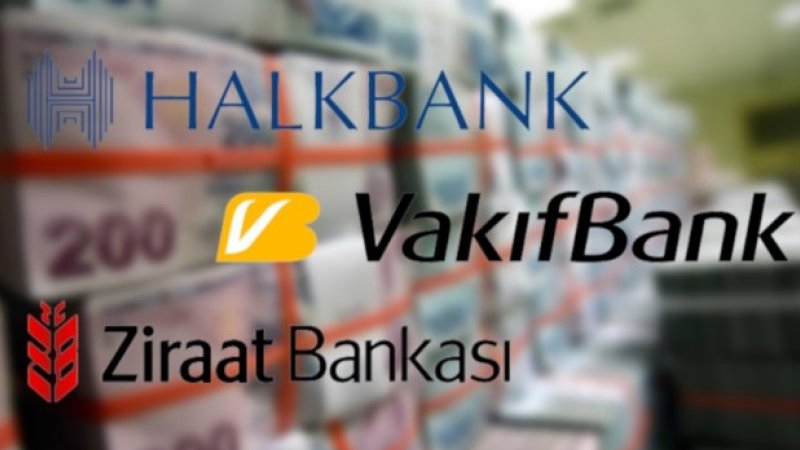29% monthly ROE on lower provision expenses
Turkish banking sector’s December net income is up by 82% m/m to TL16.8bn (+529%y/y), corresponding to 28.8% monthly ROE (12M trailing: 14.4%). NII increased by 17% m/m to TL43.7bn (+142% y/y) on higher security yields, implying 33bps increase in NIM to 6.46% (TL spread +121bps, FX spread -427bps, TL and FX security yields +15pp and +276bps). Moreover, net other income increased by 56% m/m (+75% y/y) to TL7.3bn. However, net trading gain declined by 47% m/m (TL3.8bn loss last year) to TL6.8bn. Lower provision expenses of TL29.9bn (-25% m/m, +3% y/y) stand as the underlying reason of monthly improvement in bottom line. Parallel to lower provision expenses, total cost of risk decreased to 5.78% from 7.75%. Fee income increased by 78% y/y to TL7.4bn (+22% m/m), while OPEX increased by 32% y/y to TL13.6bn (+29% m/m). Hence, banking sector’s net income reached TL92.1bn (+54% y/y) in 2021, implying 14% ROE.
CoR and FX rates as decisive factors for profitability
As monthly results point, improved spreads and security yields continue to support profitability. Following the announcement of new TL deposit instrument, possible demand for TL deposit might affect sector’s growth potential positively. However, negative real rate environment and upward trend in deposit costs might pressure the bottom line in 1H22. On the asset quality side, as monthly results point, CoR continue to remain as a decisive factor for the sector’s profitability. Although we have observed decreasing trend in CoR in previous quarters, provisioning expenses would normalize due to FX rate volatility and removal of BRSA 180-day rule for NPL recognition. Yet, we underline that GARAN and YKBNK stand at a relatively strong position in the sector thanks to their ample provisioning buffers and report superior ROEs. Besides, volatile FX rates pose risks to Banks’ capital ratios – especially for state banks with relatively low capital ratios and FX positions. All in all, we sustain our cautious view on the sector due to uncertainty in asset quality and further potential macro volatility.
FX rate volatilities pose risks to capital ratios
Sector’s both CAR and Tier-I ratio increased by 55bps and 58bps to 18.3% and 13.4%, respectively. However, possible FX rate volatilities stand as a limiting factor to sector’s capital ratios.
Y. F. Securities Research
